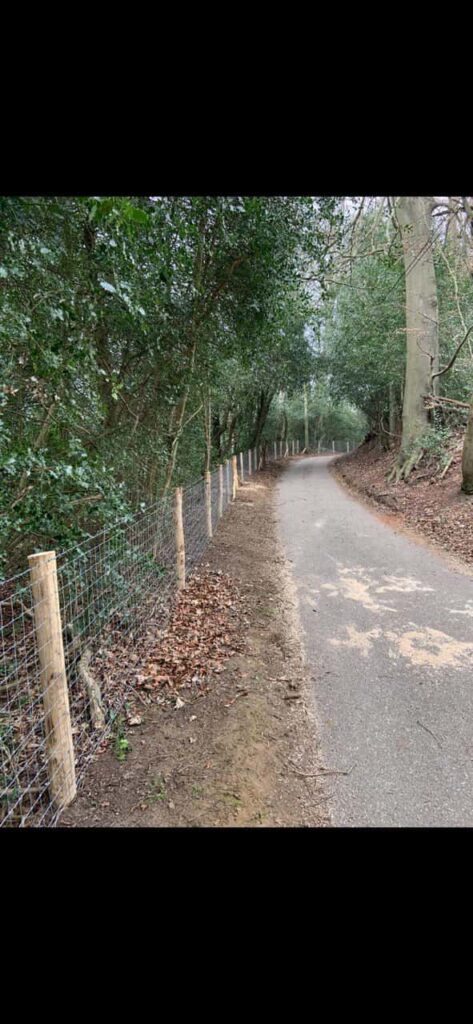Bespoke Fencing: Creating a Barrier Against Wildlife While Preserving Natural Habitats
Introduction: As human populations expand and encroach upon natural habitats, conflicts between wildlife and human activities become increasingly common. In many cases, bespoke fencing offers a solution for the coexistence of wildlife and human communities while minimising negative interactions. In this blog post, presented by Fast Fix Fencing Oxted, we’ll explore the role of bespoke fencing in creating a barrier against wildlife while preserving natural habitats.
1. Wildlife Management
Bespoke fencing is a crucial tool in wildlife management efforts, helping create physical barriers that prevent wildlife from accessing human-inhabited areas. By installing fencing around residential properties, agricultural land, and infrastructure such as roads and highways, bespoke fencing helps reduce conflicts between humans and wildlife, protect property and crops, and minimise the risk of accidents and injuries caused by wildlife crossings.
2. Protection of Natural Habitats
In addition to creating barriers against wildlife, bespoke fencing plays a vital role in preserving natural habitats and ecosystems. By delineating property boundaries and protecting sensitive areas such as wetlands, forests, and riparian zones, bespoke fencing helps prevent habitat fragmentation, degradation, and destruction caused by human activities. This allows wildlife to continue to access and utilise natural resources while minimising disturbances and disruptions to their habitats.
3. Customisation for Wildlife Needs
One key advantage of bespoke fencing is its ability to be customised to meet the specific needs and requirements of different wildlife species and habitats. Whether looking to create a barrier against large mammals such as deer and elk or smaller animals such as rabbits and rodents, bespoke fencing can accommodate various species’ behaviours, movement patterns, and habitat preferences. Additionally, bespoke fencing can incorporate features such as wildlife-friendly gates, crossings, and escape routes to minimise the impact on wildlife populations and facilitate their movement across the landscape.
4. Integration with Landscape
Bespoke fencing can be seamlessly integrated with the surrounding landscape, minimising its visual impact and preserving the environment’s natural beauty. By choosing materials, colours, and designs that blend harmoniously with the natural surroundings, bespoke fencing enhances the area’s aesthetic appeal while providing effective wildlife barriers. Additionally, bespoke fencing can complement existing infrastructure and land uses, ensuring compatibility with surrounding land management practices and minimising disruptions to the ecosystem.
5. Collaboration with Conservation Organisations
Effective wildlife fencing often requires collaboration between property owners, land managers, and conservation organisations to develop solutions that balance the needs of wildlife and human communities. By working together to identify key wildlife corridors, migration routes, and habitat areas, stakeholders can design bespoke fencing projects that protect wildlife while allowing human activities to continue. This collaborative approach promotes conservation and biodiversity conservation efforts while addressing human-wildlife conflicts sustainably.
Conclusion: Bespoke fencing is critical in creating barriers against wildlife while preserving natural habitats and ecosystems. By providing effective wildlife management solutions that minimise negative interactions between humans and wildlife, bespoke fencing helps protect property, crops, and infrastructure while promoting biodiversity conservation and habitat preservation.
Call us on: 01883 770 894
Click here to find out more about Fast Fix Fencing Oxted
Click here to complete our contact form and see how we can help with your fencing needs.

